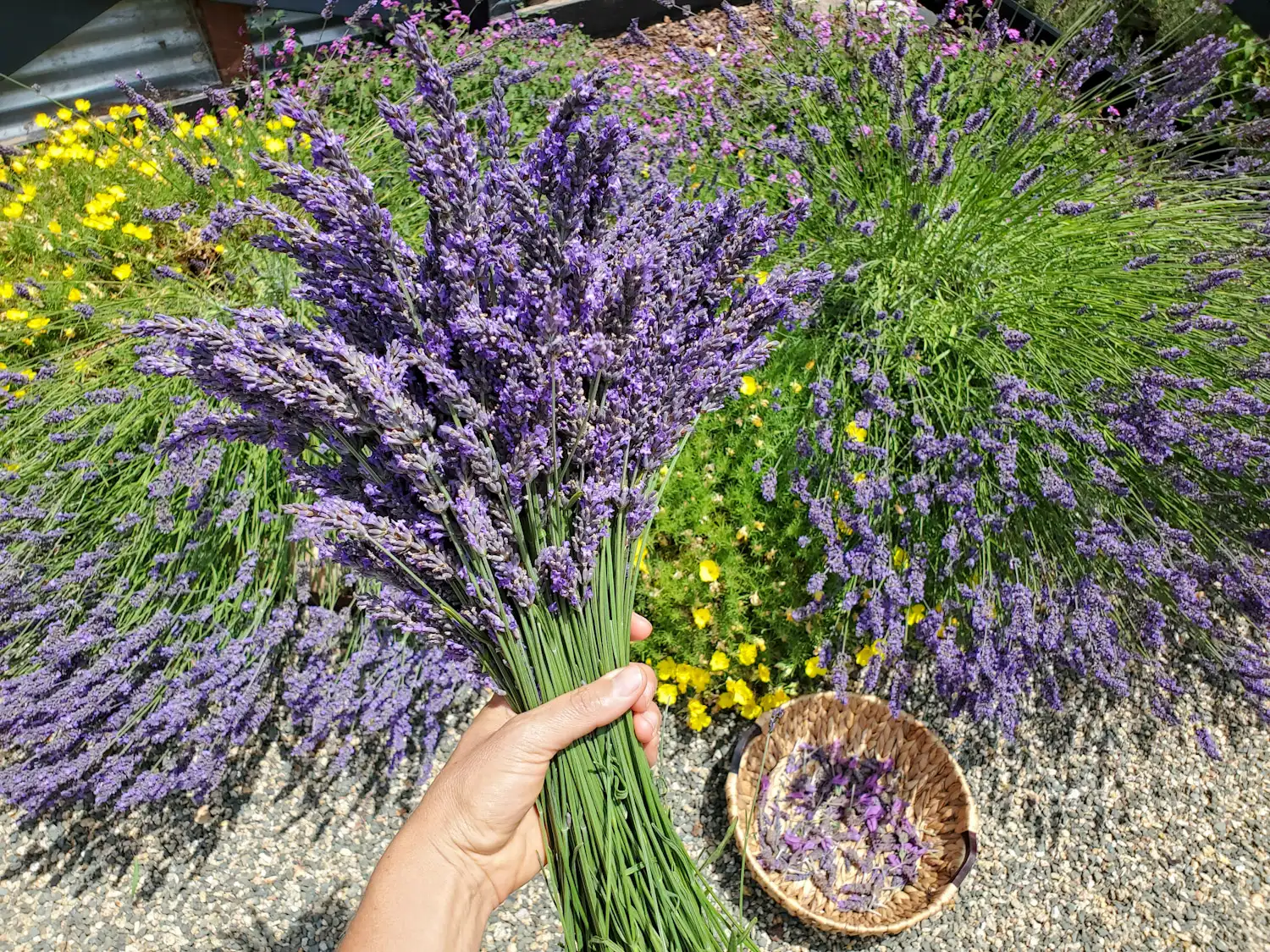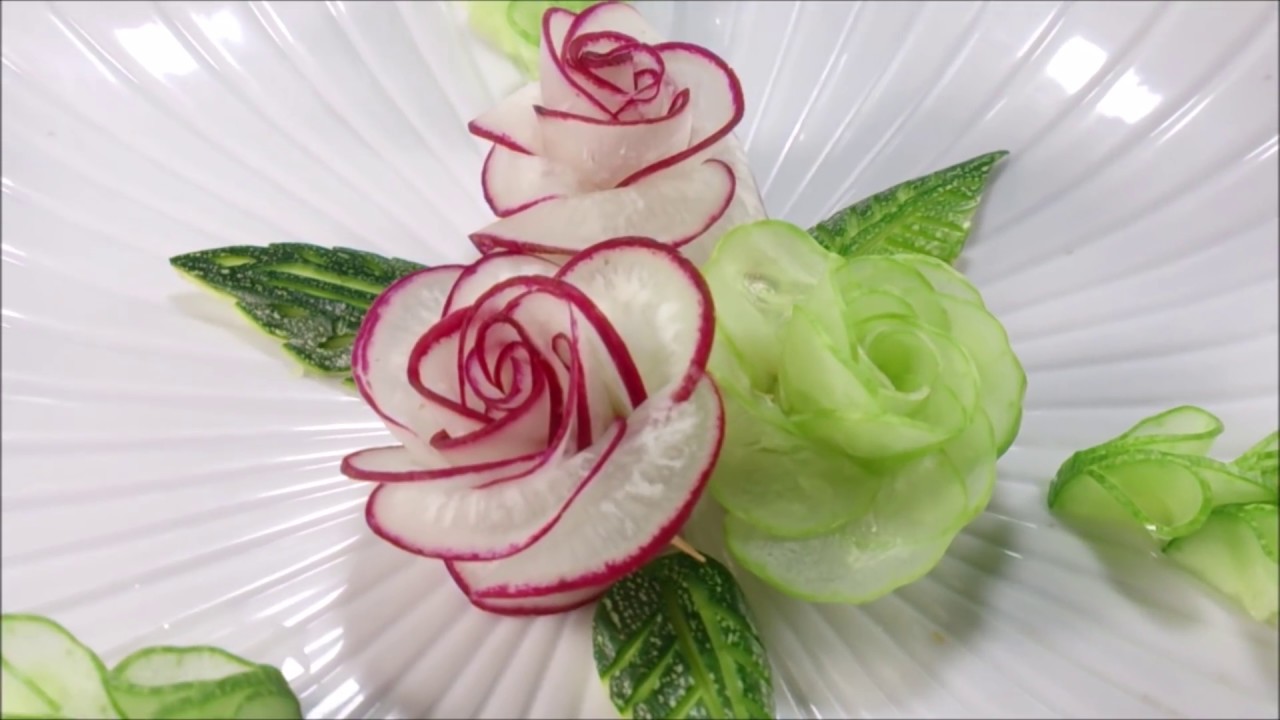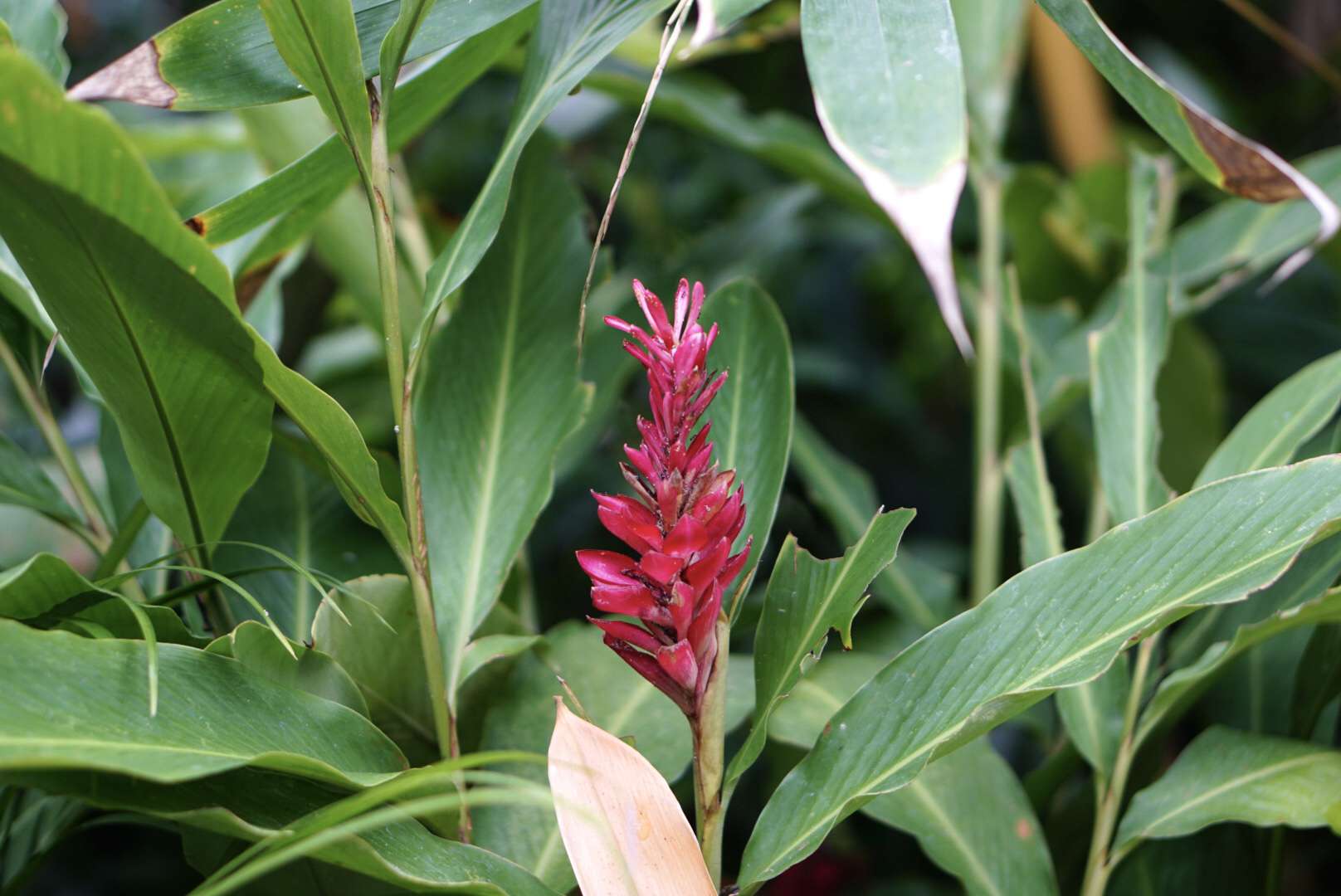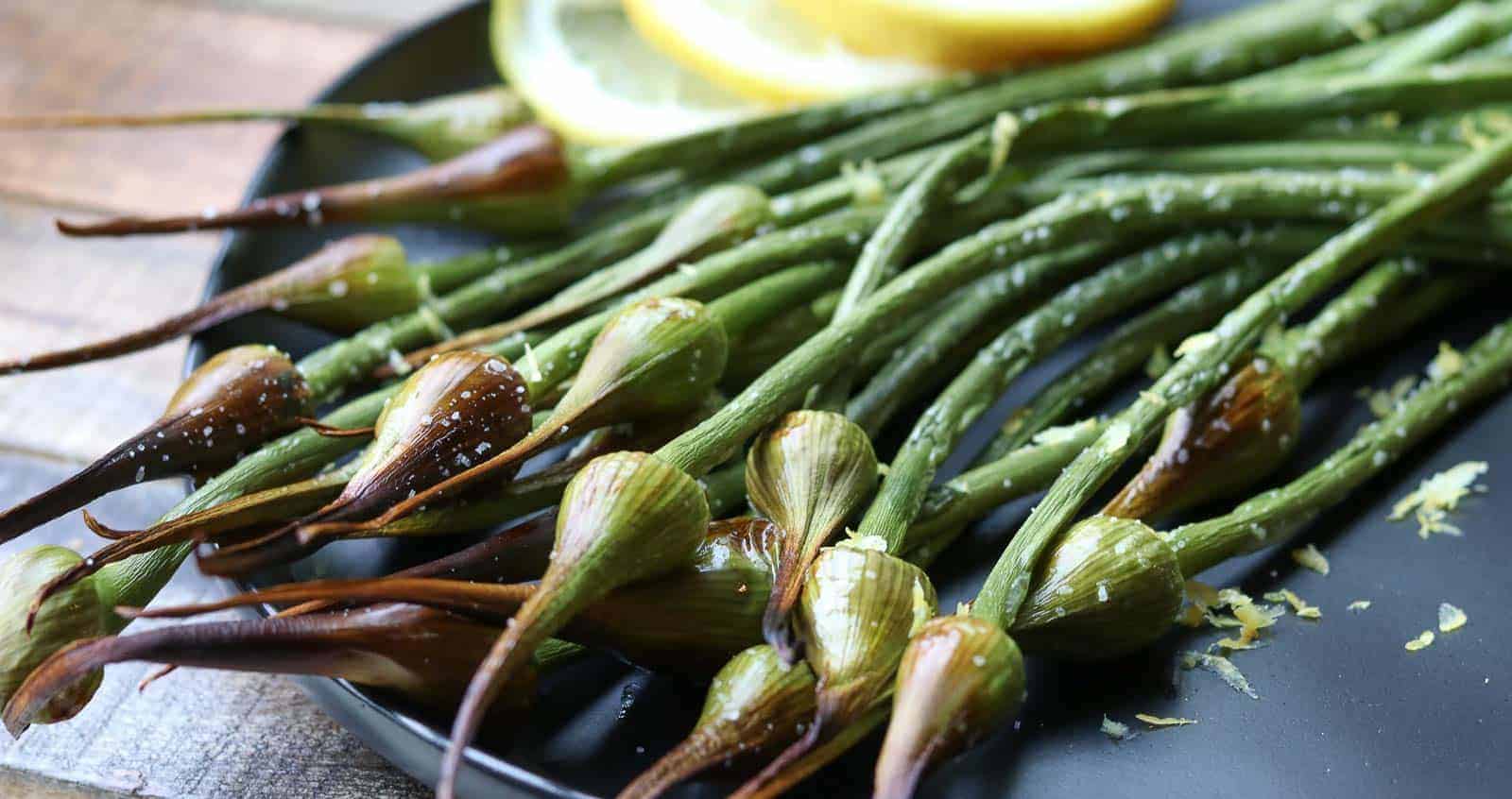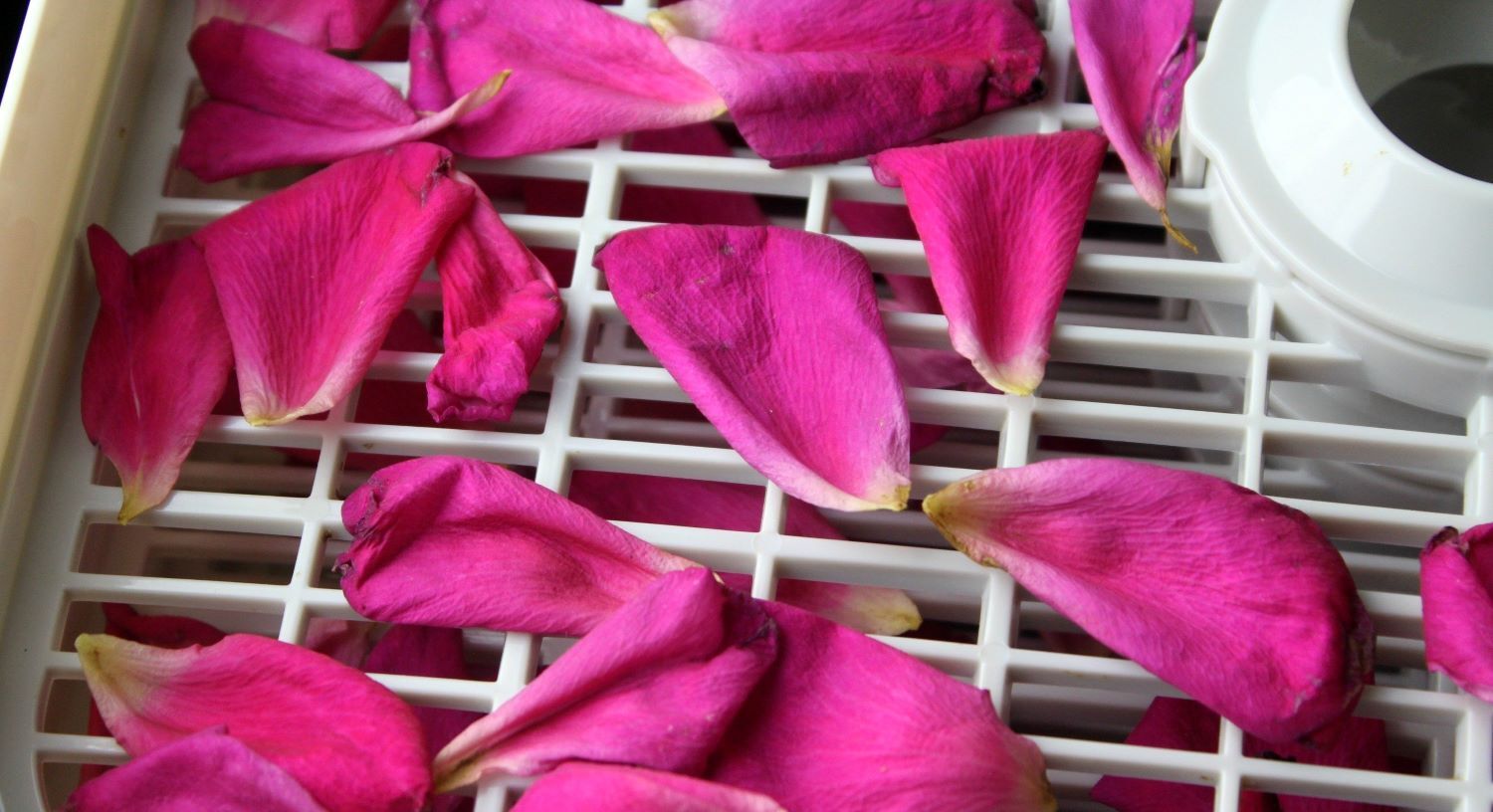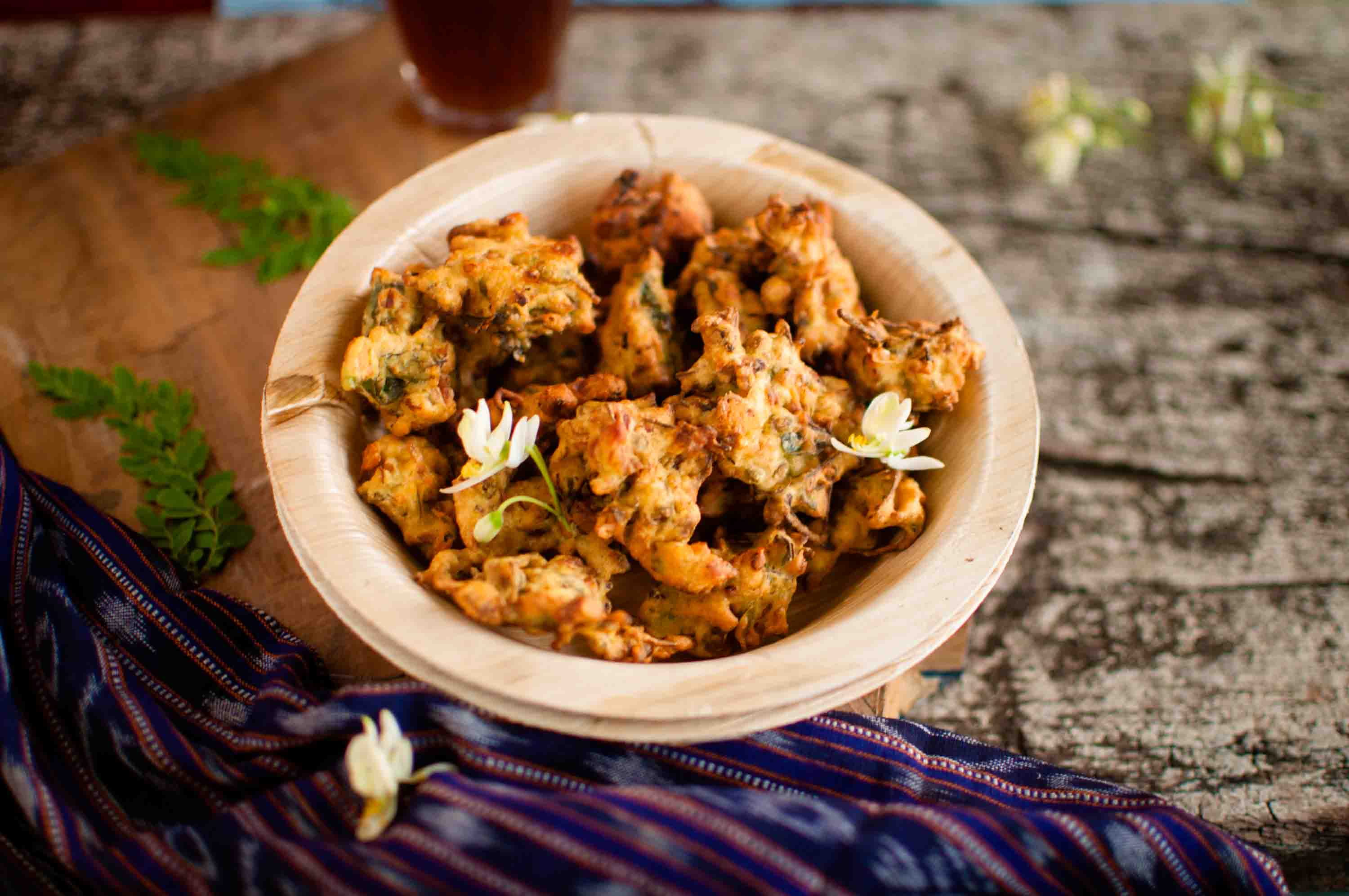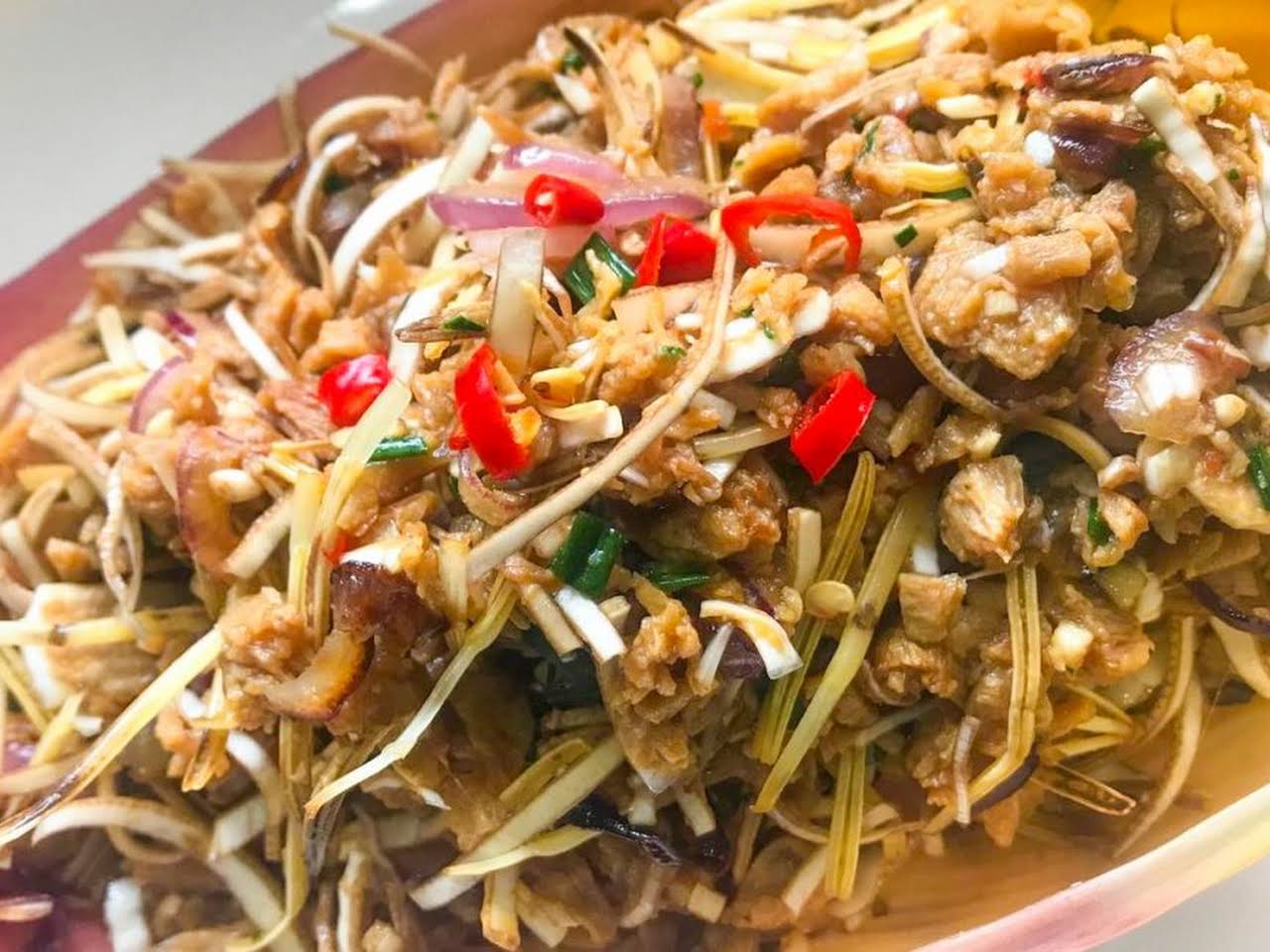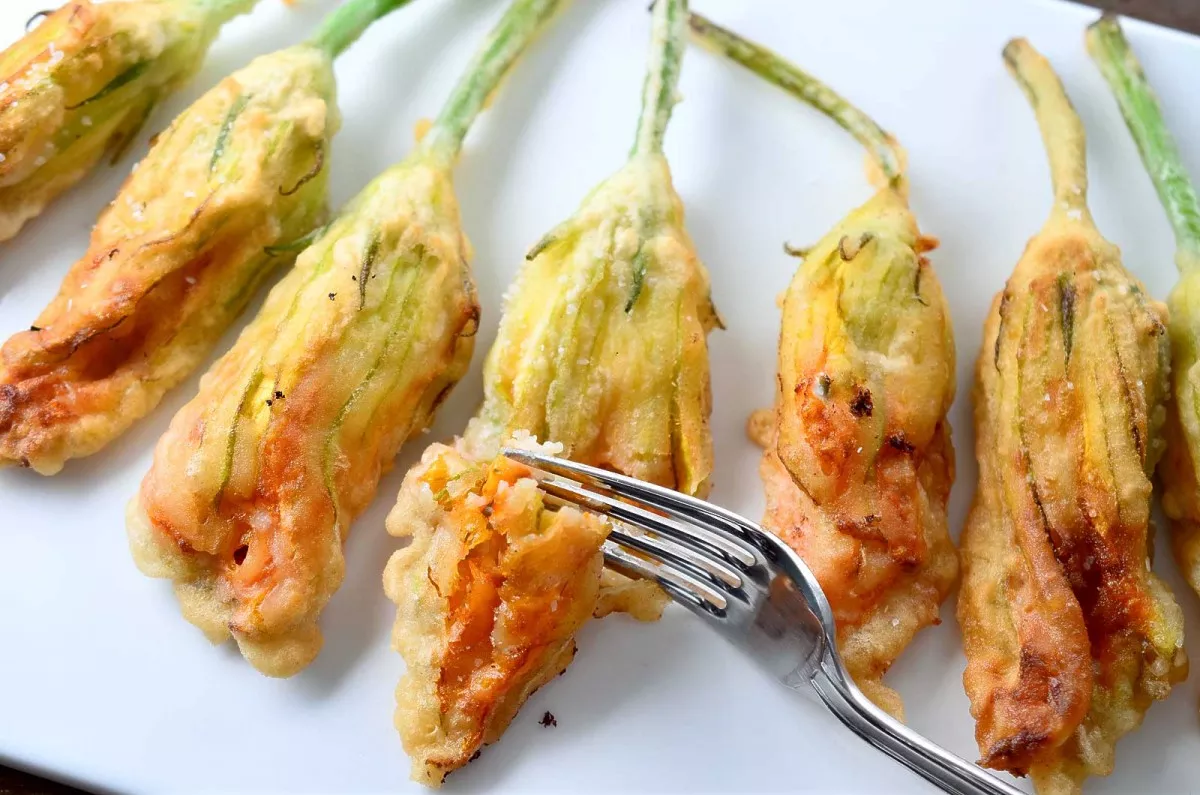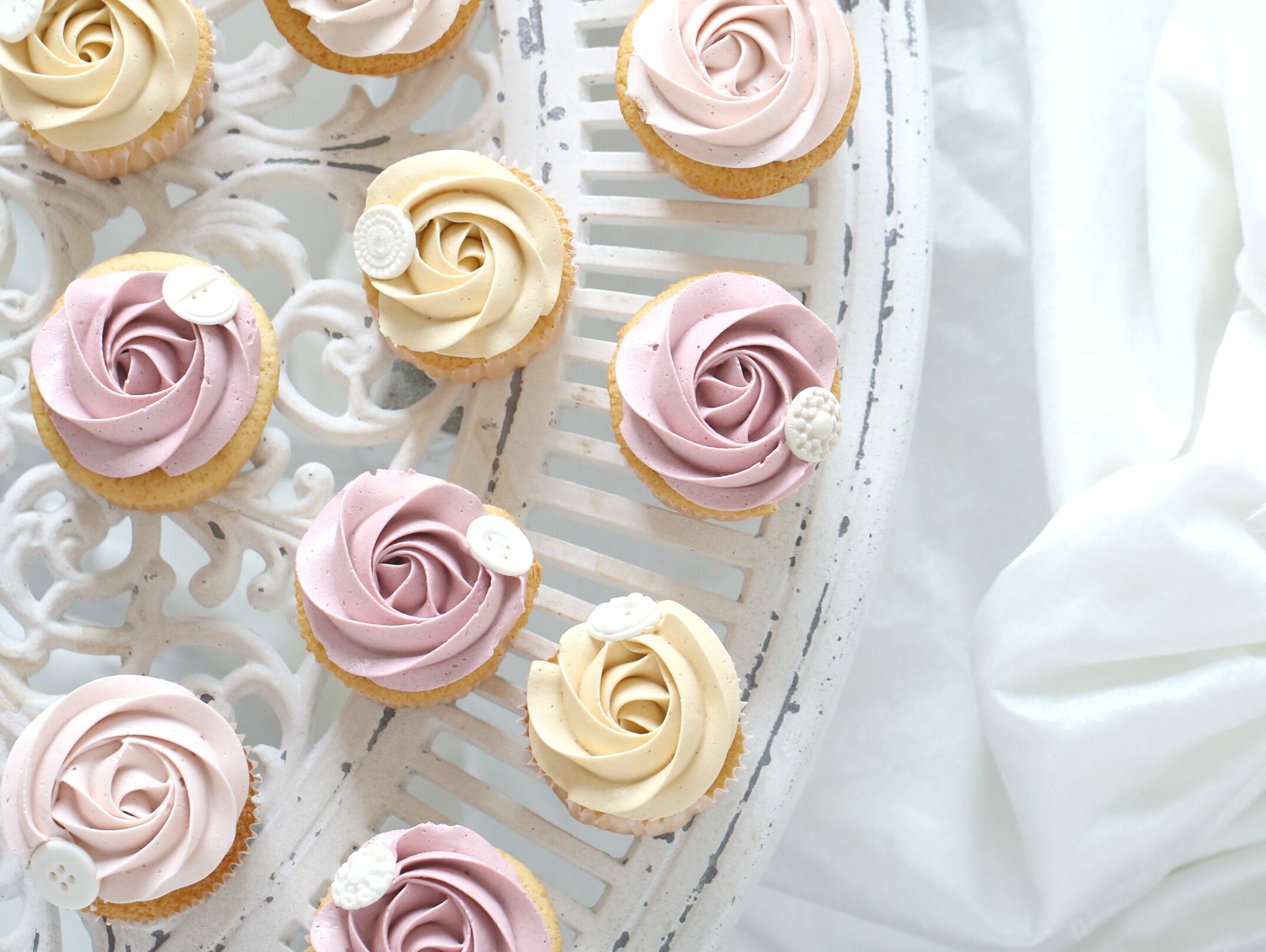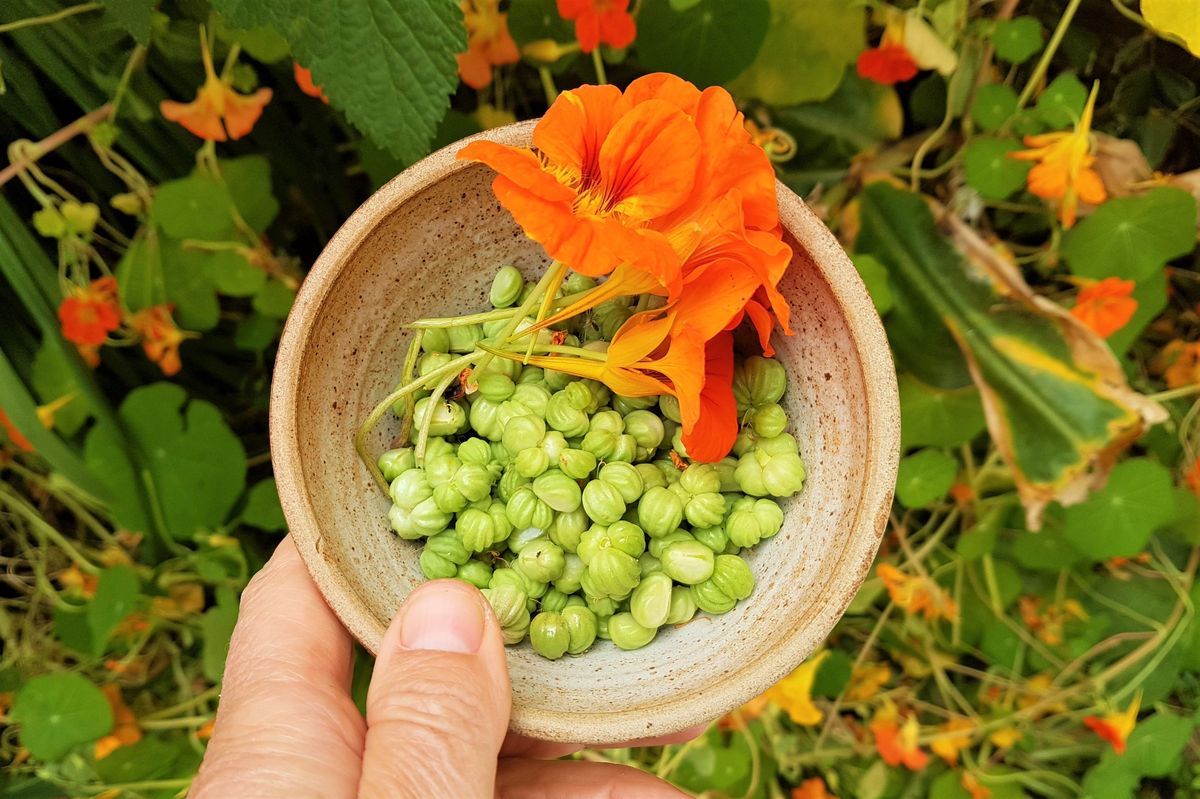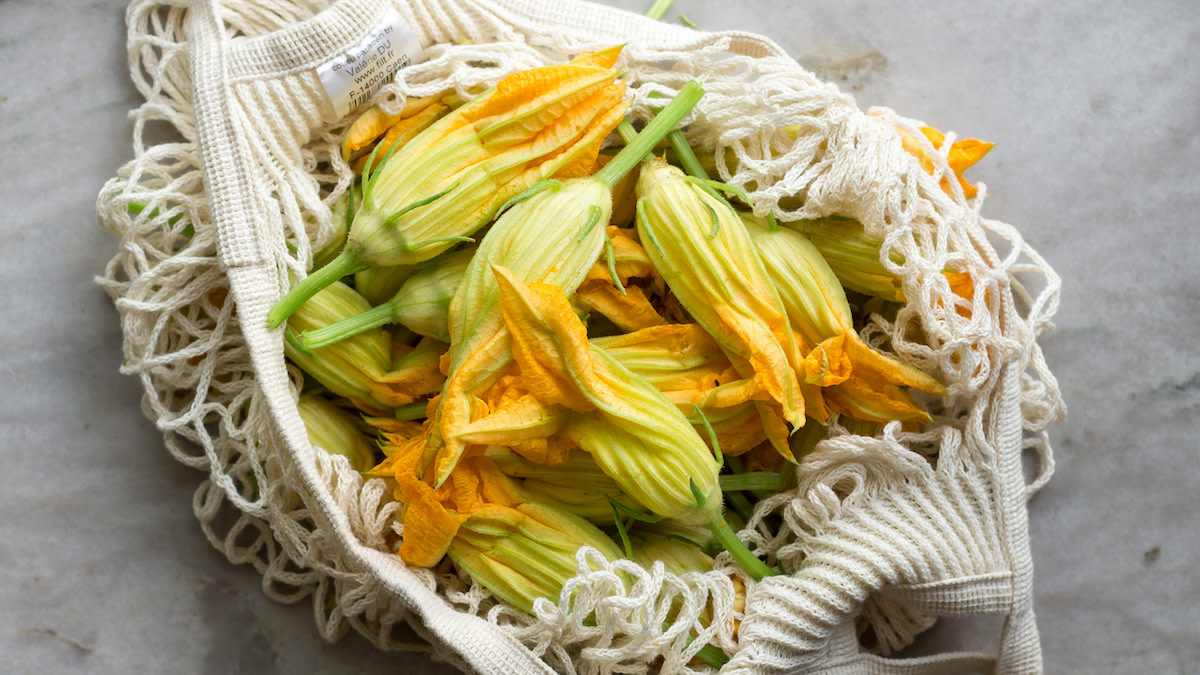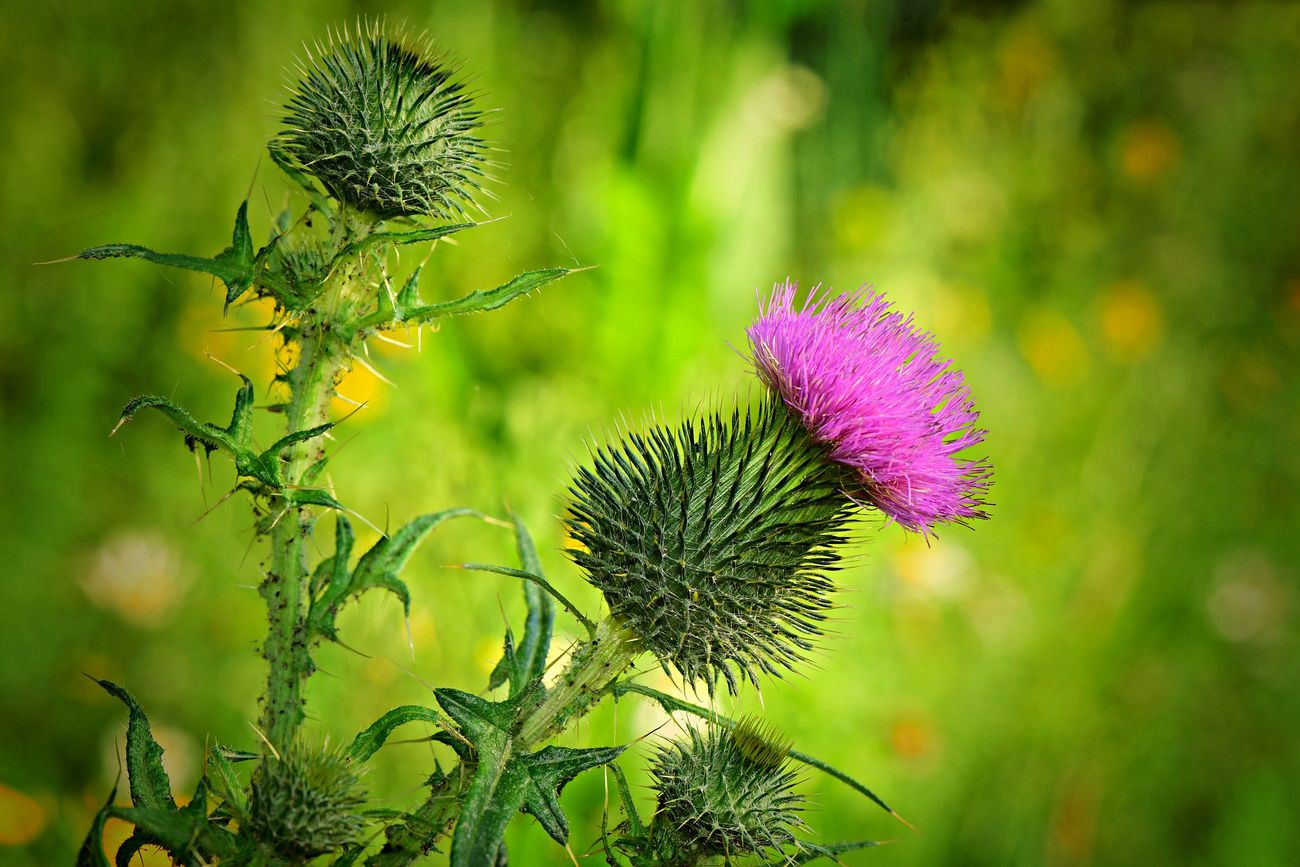Cooking with culinary flowers adds color, flavor, and a touch of elegance to dishes. Edible blooms like nasturtiums, pansies, and marigolds can transform salads, desserts, and drinks into visual and tasty delights. These flowers not only enhance the look of your meals but also bring unique flavors ranging from peppery to sweet. Knowing which flowers are safe to eat and how to use them properly is key. This guide will help you explore the world of culinary flowers, offering tips on selection, preparation, and creative ways to incorporate them into your cooking. Get ready to elevate your culinary creations.
Essential Ingredients for Culinary Flower Creations
Ingredients
-
Edible Flowers
- Nasturtiums
- Pansies
- Marigolds
- Violets
- Lavender
- Roses
- Hibiscus
-
Salad
- Mixed greens (arugula, spinach, kale)
- Cherry tomatoes
- Cucumber
- Red onion
- Avocado
-
Dressing
- Olive oil
- Lemon juice
- Honey
- Dijon mustard
- Salt
- Pepper
-
Dessert
- Vanilla ice cream
- Fresh berries (strawberries, blueberries, raspberries)
- Honey
- Mint leaves
-
Beverages
- Sparkling water
- Lemon slices
- Fresh mint
- Edible flower ice cubes (flowers frozen in ice cubes)
Tools and Instruments Needed
- Chef's Knife
- Cutting Board
- Mortar and Pestle
- Fine Mesh Strainer
- Mixing Bowls
- Measuring Cups and Spoons
- Salad Spinner
- Tweezers or Small Tongs for delicate placement
- Blender or Food Processor for purees
- Parchment Paper for drying petals
- Dehydrator (optional for drying flowers)
Culinary flowers like lavender, nasturtium, and pansies add vibrant color and unique flavors to dishes. Always ensure flowers are edible and pesticide-free before using them in your cooking.
The Importance of Using Culinary Flowers
Culinary flowers add color, flavor, and aroma to dishes, making meals more appealing. They offer unique tastes like peppery nasturtiums or sweet violets. Using flowers in cooking connects us to nature and tradition, enhancing both visual and sensory experiences. This practice also encourages creativity in the kitchen.
Step-by-Step Guide to Cooking with Culinary Flowers
The Art of Cooking with Culinary Flowers
1. Choose Edible Flowers
- Research which flowers are edible and safe for consumption.
- Common choices include nasturtiums, pansies, violets, calendulas, and marigolds.
- Avoid flowers from florists or garden centers as they may contain pesticides.
2. Harvest Flowers Properly
- Pick flowers in the morning when they are freshest.
- Use a clean pair of scissors or pruning shears.
- Select flowers that are fully open but not wilting.
3. Clean Flowers Gently
- Rinse flowers under cool water to remove dirt and insects.
- Pat them dry with a paper towel or air dry on a clean surface.
4. Remove Unwanted Parts
- Trim away stems, pistils, and stamens.
- Keep only the petals for cooking.
5. Store Flowers Properly
- Place flowers in a container lined with a damp paper towel.
- Store in the refrigerator for up to one week.
6. Infuse Oils and Vinegars
- Add petals to olive oil or vinegar.
- Let the mixture sit for one to two weeks.
- Strain out the petals before using.
7. Make Floral Syrups
- Combine equal parts water and sugar in a saucepan.
- Heat until the sugar dissolves.
- Add petals and simmer for 10 minutes.
- Strain and cool before using.
8. Create Floral Butters
- Soften butter to room temperature.
- Mix in finely chopped petals.
- Refrigerate until firm.
9. Garnish Dishes
- Sprinkle petals over salads, desserts, and appetizers.
- Use whole flowers as a decorative touch.
10. Bake with Flowers
- Incorporate petals into cakes, cookies, and bread.
- Fold petals into batter or dough.
11. Brew Floral Teas
- Steep petals in hot water for 5-10 minutes.
- Strain and enjoy.
12. Make Floral Ice Cubes
- Place petals in ice cube trays.
- Fill with water and freeze.
13. Prepare Floral Salads
- Mix petals with greens, nuts, and cheese.
- Dress with a light vinaigrette.
14. Cook Floral Jams
- Combine petals with fruit, sugar, and lemon juice.
- Cook until thickened.
15. Experiment with Savory Dishes
- Add petals to soups, stews, and sauces.
- Use petals to flavor meats and vegetables.
Blossoming into Your Kitchen
Cooking with culinary flowers adds a burst of color, flavor, and creativity to your dishes. Whether you're using lavender for its soothing aroma, nasturtiums for a peppery kick, or rose petals for a touch of elegance, these blooms can transform ordinary meals into extraordinary experiences. Remember to always use edible flowers from trusted sources to ensure safety. Experimenting with different flowers can open up a whole new world of gastronomic possibilities. So, next time you're in the kitchen, don't hesitate to sprinkle a few petals into your salad, dessert, or even a cocktail. Your taste buds and your guests will thank you. Happy cooking!
Frequently Asked Questions About Cooking with Culinary Flowers
Can I use any flower in my cooking?
Nope, not every bloom is safe for your plate. Some are downright toxic. Stick to culinary flowers that are known to be edible and have been grown without harmful pesticides. Lavender, roses, and violets are some safe bets.
How do I prepare flowers for cooking?
First off, give them a gentle wash under cold water to remove any dirt or little critters. Pat them dry with a towel. For some recipes, you'll use just the petals, so you'll need to remove the bitter white base of the petals.
What are some simple ways to incorporate flowers into my dishes?
Start with something easy like mixing flower petals into salads for a splash of color and a unique flavor. Or, make your butter fancier by mixing in some finely chopped petals. Flower-infused syrups are also a great way to sweeten drinks and desserts.
Can I cook any part of the flower?
Mostly, you'll want to stick to the petals. However, some flowers like squash blossoms can be eaten whole, either raw or cooked. Always double-check which parts of the flower are safe to eat.
How do I choose the right flowers for my dish?
Think about the flavors that would complement your dish. For instance, lavender has a strong, somewhat minty flavor great for desserts, while nasturtiums have a peppery kick perfect for savory dishes. Experimenting is key.
Where can I find culinary flowers?
Your best bet is a local farmers' market or a well-stocked grocery store. You can also grow your own, ensuring they're organic and pesticide-free. Just make sure you're picking the right ones for eating.
How long do culinary flowers last once picked?
Not very long, unfortunately. They're best used within a few hours of picking. If you must store them, wrap them in a damp paper towel and keep them in the fridge, but try to use them within a day or two for the best flavor and appearance.
